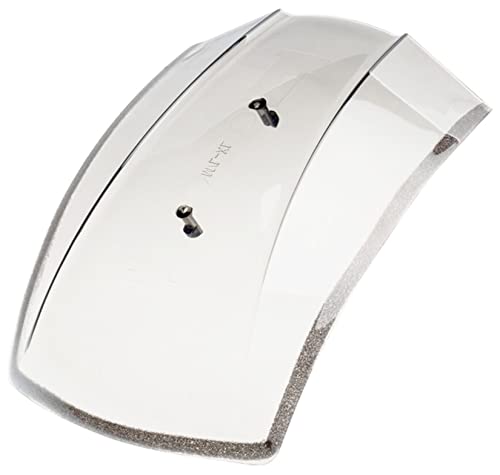Happy to announce that after many road trials have an engine tune that is "not bad" (perspective) based on tuning the VE (fuel) table and having a "wedge" table for ignition timing. Tuning a motorcycle is the same as a car, but takes longer as table cell values, IMO, are done in single point increments and generally based on the "seat of the pants" feel. Changes are also done when riding based on smooth acceleration, and when you transition through an engine RPM/load combination and "feel" something. You will probably slow down and try to recreate the same combination and decided if there is a cell change to be done.
Going to do a road trial and not touch any of the engine tune settings so a clean data log can be viewed to determine if some areas need to be adjusted. Looking for potential misfires.
Researching the next phase, that of ignition timing. Using a wedge table at this time. The cell values are estimated and each column is the same value and the values increase from a low RPM to a higher RPM, example:

The spark table will now be adjusted for the various engine RPM/load combinations. As the ignition timing is advanced - one degree at a time, I should see the AFR reading start to lean out. If there is no change, r not much of one, I will revert to the ignition timing I started with then move on to the next block of cells. Will be careful to stay away from engine knock - too lean in the VE table with too much ignition timing advance.
I will be looking at the base engine timing. This has been proposed on the Speeduino forum, and in other literature I have found 0n-line. This is where you have set the initial trigger angle for #1 TDC, and then started and carried on with engine tuning. I will be doing a specific synchronization between the OEM recommended idle timing of 10 degrees BTDC, and what the ECU is seeing to finalize the ignition trigger angle.
Once the VE (fuel) and spark (ignition timing) tables are set, I will be able to populate the AFR table. The AFR value(s) that are specific to an engine RPM /load range are determined from well adjusted VE and spark tables.
I mention above that the AFR reading is used to indicate whether the engine is in a lean or rich fueling condition when adjusting the ignition timing. This is correct because the O2 sensor has been disabled and the AFR table does not impact on the tuning being done, but it does indicate what the AFR is for any engine RPM/load combination. If the O2 sensor was enabled it could be affecting the tuning being done; ie, wrong AFR setting can change the engine tune.
To summarize the tuning process to date:
1. Set initial trigger angle, set base timing to synchronize ECU and engine, and finalize trigger angle - can be done initially or later on. Engines will operate in the 10 to 20 degree range BTDC at idle;
2. Have the VE and spark tables set to allow for engine operation;
3. Set the base idle where the engine is operating in a smooth and stable condition;
4. Do road trials and adjust the VE table to suit;
5. VE table adjusted, adjust the spark table to suit;
6. Populate the AFR table.
There are other settings that need to be finalized such as coil dwell, spark duration, voltage corrections. These are adjusted/set as concurrent activities.
Getting there. Cheers







































